What’s in Season & MUST Eat in Summer in Japan? 8 Seasonal Veggies(Part 1 of 3)
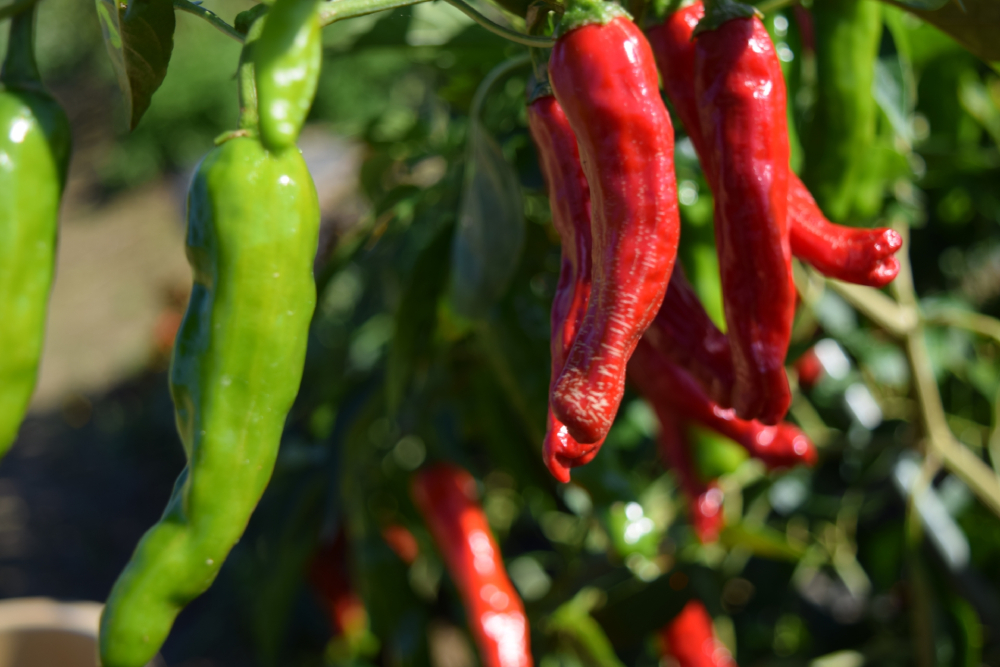

Which vegetables are delicious and fresh in summer in Japan?
旬 (shun/seasonality) is very important in Japanese cuisine and culture. Certain foods are freshest, most flavorful, and most nutritious when they are in season.
Seasonal foods grown with the best blessings of the sun and the earth are high in nutritional value and healthy. In addition, seasonal foods are cheaper because large quantities are harvested at that time. There’s no reason not to have seasonal foods!
Let’s check the seasonal vegetables in July. Some are probably uncommon outside of Japan.
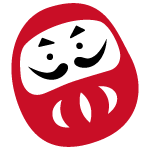
I’ve listed all the kanji, hiragana, and katakana, so I hope it will be helpful for shopping in Japan.
Green Chill

- Kanji: 青唐辛子
- Hiragana: あおとうがらし
- Katakana: アオトウガラシ
- Pronunciation: ao togarashi
Green chills are those harvested before they become red. The spiciness tends to be slightly weaker than red chills because they are harvested early.
Generally, only available at grocery stores or supermarkets in summer.
- vitamin E, C
- fiber
- β-carotene
- capsaicin
Angelica keiskei

- Kanji: 明日葉
- Hiragana: あしたば
- Katakana: アシタバ
- Pronunciation: ashitaba
Angelica keiskei is Japan’s endemic herb. It is called Ashitaba (tomorrow leaves) because even if you pick the leaves today, new leaves will come out tomorrow.
The leaves have a slight bitterness and the stems are slightly sweet. “Tempura” is a popular way to eat Ashitaba.
It is probably difficult to find it, some grocery stores or supermarkets might have it in summer. It is mainly produced in Tokyo’s islands, Hachijojima, Miyakejima, and Izu Oshima, so you’ll probably find it in these islands or maybe in Tokyo.
- β-carotene
- vitamin E, C, B2, K
- iron
- calcium
- potassium
- fiber
Green beans

- Kanji: 莢隠元 (Kanji is not commonly used.)
- Hiragana: さやいんげん
- Katakana: サヤインゲン
- Pronunciation: saya ingen
Green beans are the young fruit of the common bean. They are commonly eaten steamed, boiled, or stir-fried in Japan. I love to deep-fry without chopping, breading, or batter. Sprinkle a little salt before you eat.
They are usually available at grocery stores or supermarkets only in summer.
- fiber
- vitamin B group, K
- protein
- potassium
Edamame
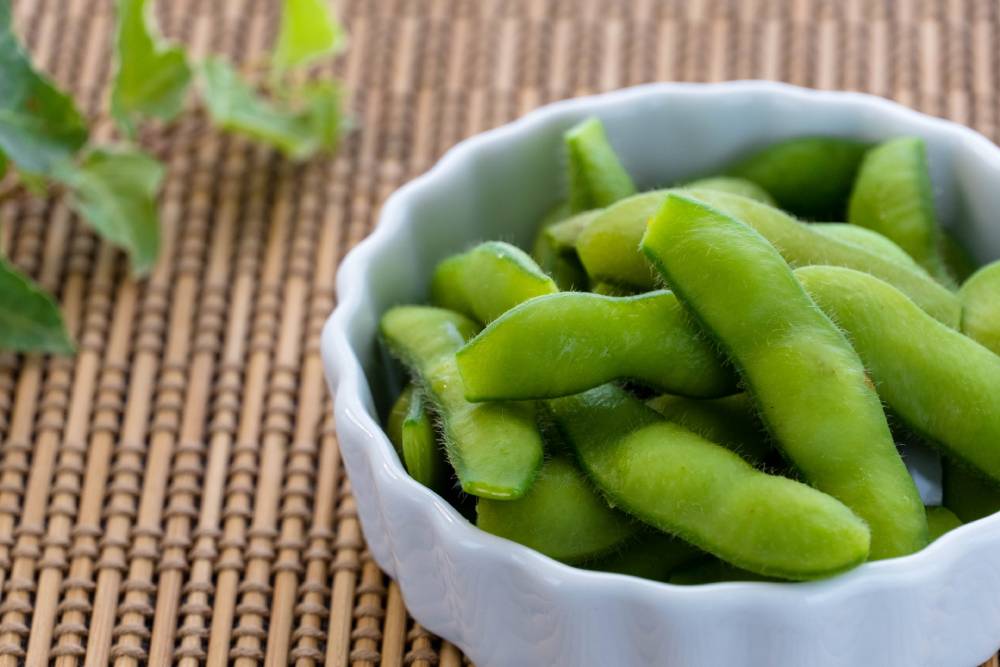
- Kanji: 枝豆
- Hiragana: えだまめ
- Katakane: エダマメ
- Pronunciation: edamame
Edamame beans are the unripe, young soybeans. In other words, edamame and soybeans are the same soybeans, just the harvest time is different.
Boiled Edamame is a summer staple in Japan.
Generally, only sold at grocery stores or supermarkets in summer.
- protein
- fiber
- vitamin B1, B2
- folate
- iron
- potassium
Okra

- Kanji: 秋葵 or 陸蓮根 (Kanji is not commonly used.)
- Hiragana: おくら
- Katakana: オクラ
- Pronunciation: okra
Okra is also known as ladies’ fingers or ochro in many English-speaking countries. Expected to be effective in preventing heat fatigue and boosting your immune system.
It has a sticky and crispy texture. Often deep fried in tempura or served as “ohitashi (boiled and served with soy sauce and bonito flakes)”. “nebaneba sanshoku don (sticky tri-color bowl)”, served with natto and grated yam over rice, is another popular dish.
The okras produced in Japan are usually available only in summer. Those available in winter are usually imported from overseas.
- calcium
- folate
- potassium
- vitamin C
- β-carotene
- fiber
Kabocha squash
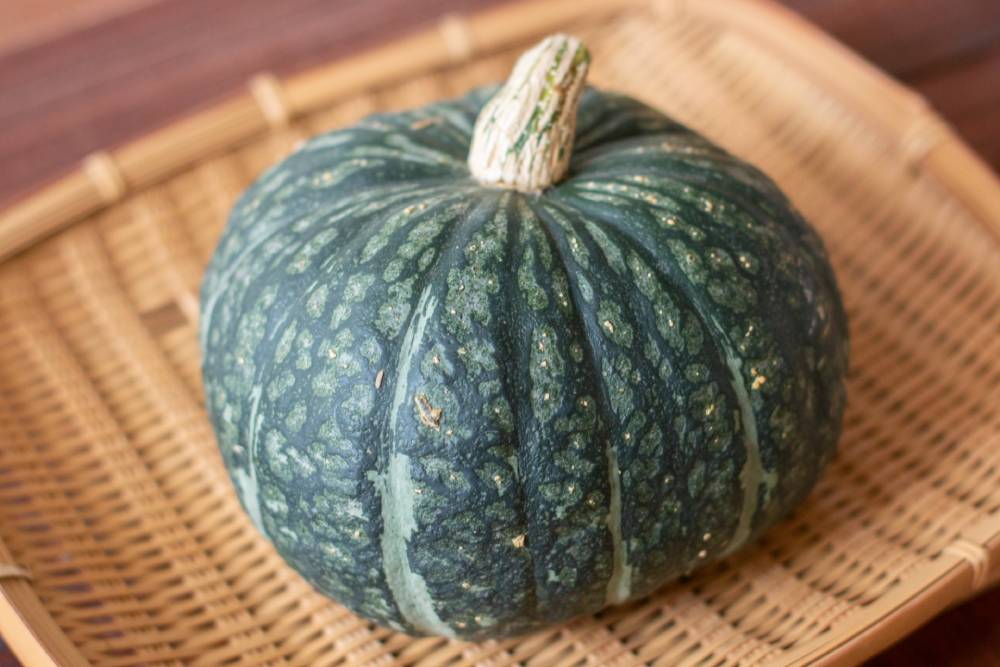
- Kanji: 南瓜
- Hiragana: かぼちゃ
- Katakana: カボチャ
- Pronunciation: kabocha
It has green hard skin and orange flesh. It seems that it has a lot of names depending on regions- Asian winter squash, pumpkin, and Japanese pumpkin.
We often eat kabocha as “tempura“, “nimono (simmered with soy sauce and sugar)”, and even sweets like “kabocha pudding“.
The kabocha squash produced in Japan is usually sold only in summer. Those sold in winter are imported from overseas.
- vitamin E, B1, B2, C
- β-carotene
- calcium
- iron
- potassium
Wood ear mushroom
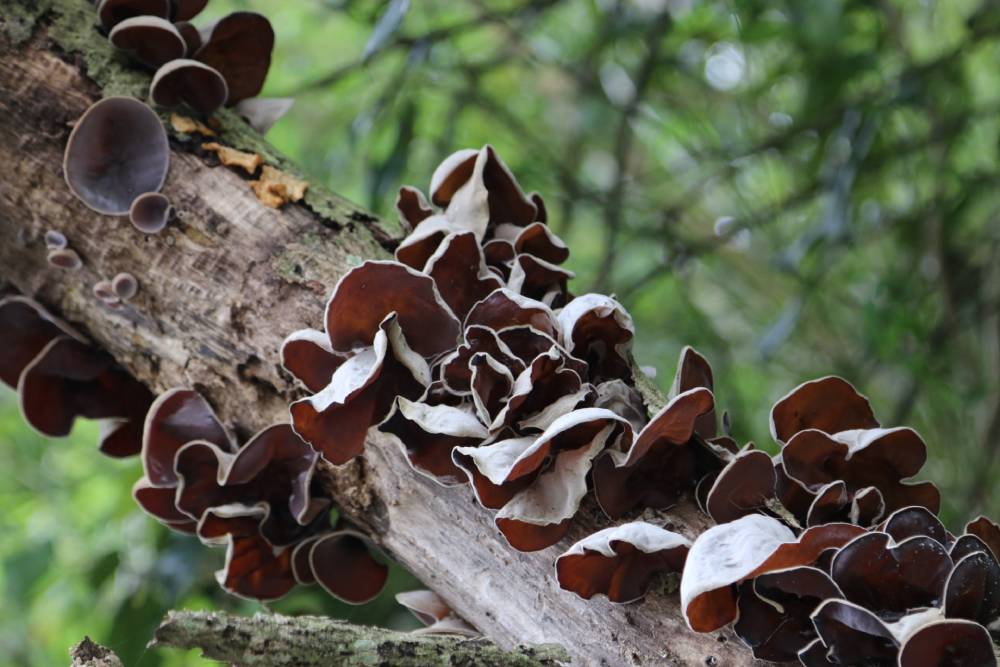
- Kanji: 木耳
- Hiragana: きくらげ
- Katakana: キクラゲ
- Pronunciation: kikurage
Also called cloud ear mushroom, Jew’s ear mushroom, and jelly ear. It has a crunchy texture and often used in Chinese food.
Dried wood ear mushrooms are usually available in any season. Dried ones are usually sold at dried food section in a grocery store. For fresh ones, try the mushroom section in summer.
- vitamin D, B2
- iron
- calcium
- magnesium
Cucumber

- Kanji: 胡瓜
- Hiragana: きゅうり
- Katakana: キュウリ
- Pronunciation: kyuri
Cucumbers are certified by Guinness World Records as “Least calorific fruit“. It has the effect of lowering body temperature due to the high water content.
Probably pickles or salad are a common way to eat cucumbers. Some people stir or put it into soup. I love to eat it like cucumber sticks with miso and mayonnaise dip.
You’ll easily find cucumbers in any season. But, those in summer are fresher and cheaper.
- potassium
- vitamin C
- fiber
Summary
| Vegetable names | The best season |
| Green chill | July August September |
| Angelica keiskei | March April May June July August September |
| Green beans | June July August September |
| Edamame | June July August |
| Okra | June July August September |
| Kabocha squash | July August September October November December |
| Wood ear mushroom | April May June July August |
| Cucumber | June July August |

Thank you for reading! Enjoy seasonal vegetables and enjoy summer!
What’s in Season & MUST Eat in Summer in Japan? 8 Seasonal Veggies (Part 2 of 3)
 Comment
Comment

 Home
Home 01/09/2023
01/09/2023